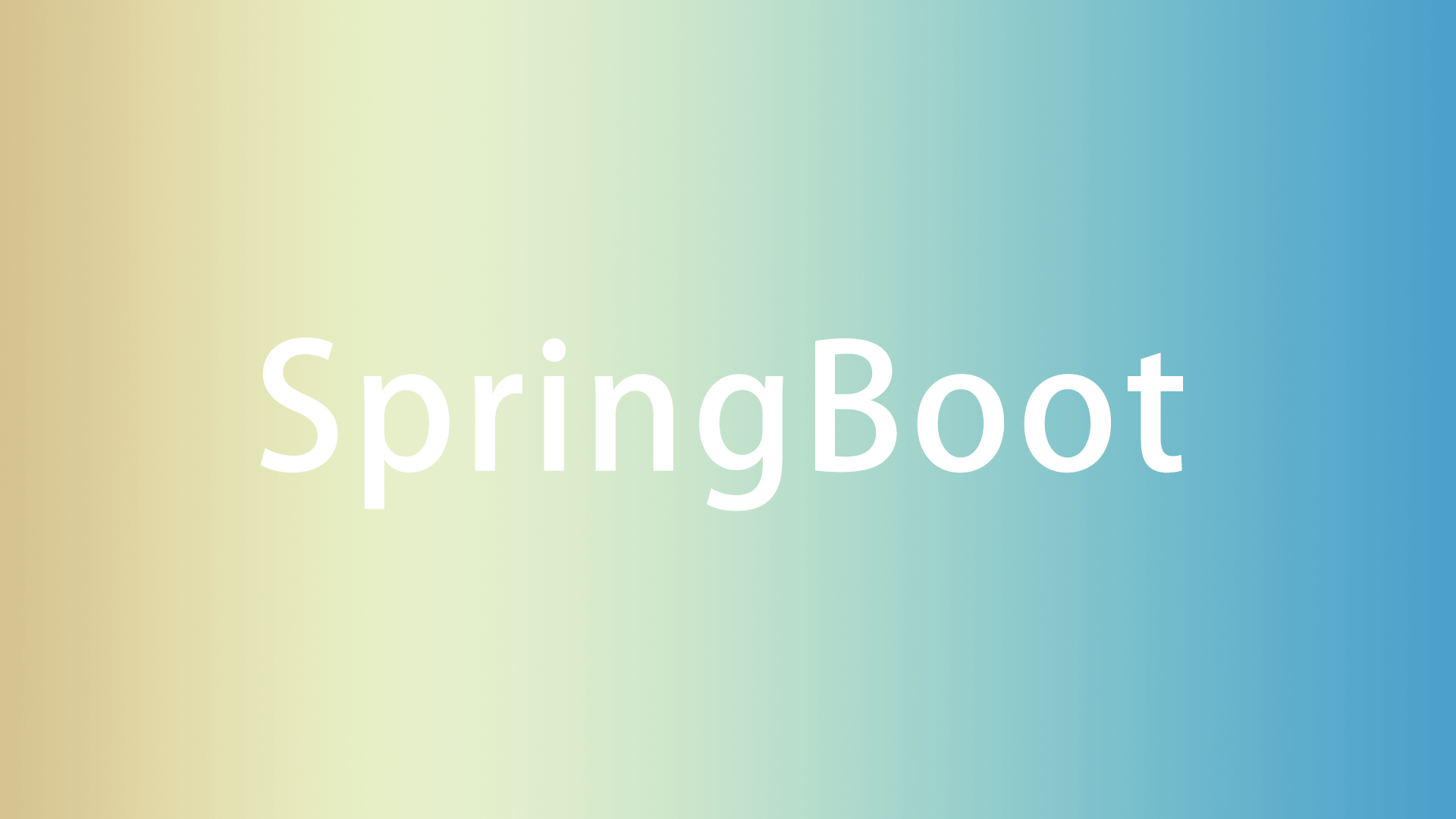适配器模式
个人博客
适配器模式
模式介绍
适配器模式,是将两个不兼容的类融合在一起,将不同的东西通过一种转换,使得它们能够协作起来。
模式定义
适配器模式把一个类的接口变换成客户端的另一种接口,从而使原本因接口不匹配而无法在一起工作的两个类能够在一起工作。
使用场景
系统需要使用现有的类,而此类的接口不符合系统的需要,即接口不兼容
想要建立一个可以重复使用的类,用于与一些彼此之间没有太大关联的一些类,包括一些将来可能引入的类一起工作
需要一个统一的输出接口,而输入端的类型不可预知
简单使用
适配器模式分为两种:
类适配器模式
对象适配器模式
类适配器模式的简单使用
定义Target接口
1 | public interface VoltTarget { |
定义Adaptee,即需要被转换的对象
1 | public class VoltAdaptee { |
定义Adapter
1 | public class VoltAdapter extends VoltAdaptee implements VoltTarget { |
定义调用
1 | public class Main { |
输出结果
1 | 5 |
对象适配器模式的简单使用
与类的适配器模式一样,对象的适配器模式把被适配的类的API转换成目标类的API,与类的适配模式不同的是,对象的适配器模式不是使用继承关系连接到Adaptee类,而是使用代理关系连接到Adaptee类。
直接将要被适配的对象传递到Adapter中,使用组合的形式实现接口兼容的效果,这比类适配器方式更为灵活。它的另一个好处是被适配对象中的方法不会暴露出来。因此,对象适配器模式更加灵活、实用。
定义接口
1 | public interface IVoltTarget { |
定义Adaptee
1 | public class VoltAdaptee { |
定义Adapter
1 | public class VoltAdapter2 implements IVoltTarget { |
调用
1 | public class Main { |
输出结果
1 | 5 |
本博客所有文章除特别声明外,均采用 CC BY-NC-SA 4.0 许可协议。转载请注明来自 milovetingting!




